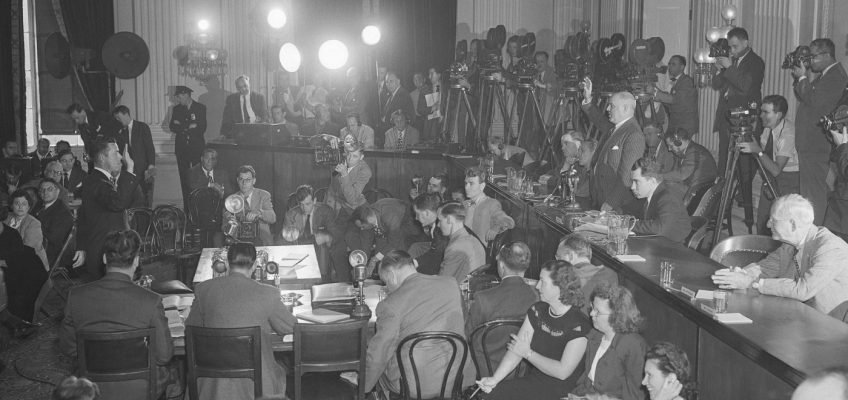Maybe the most frustrating part of the the Vikings’ 28-22 loss to the Philadelphia Eagles on Sunday afternoon at U.S. Bank Stadium was the fact that the game was there for the taking.
It wasn’t a dominant effort from the defending Super Bowl champions, by any means. The eagles didn’t deliver the dagger until very late, when quarterback Jalen Hurts completed a deep pass to put the game away for good.
The result might have been different had Vikings quarterback Carson Wentz taken better care of the ball. They also were 1 for 6 in the red zone in total, settling for field goals instead of touchdowns far too often, which largely contributed to the loss.
As much as the offense was fighting it throughout the game, however, the defense wasn’t much better in key moments.
Here are some takeaways from Sunday’s loss, which dropped the Vikings to 3-3 and into last place in the NFC North:
The mistakes of Carson Wentz
It might be unfair to hold Wentz to a high standard because he’s probably best suited as a backup rather than a starter at this point in his career. That said, Wentz simply wasn’t good enough for the Vikings, even if he battled down the stretch against the Eagles. He missed a wide open touchdown on the opening drive, then followed it up by throwing an interception that was returned for a touchdown on the next drive. There were also too many times that Wentz went backwards in the red zone whether it be him getting called for intentional grounding or taking a sack. He acknowledged his shortcoming after the game and vowed to be better. That is a must for the Vikings if they want to have a chance.
The dominance of Jalen Hurts
Though he has become synonymous with the highly controversial Tush Push largely because of his legs, Hurts proved throughout the game that he can still very much beat an opposing team with his arm. He finished with a perfect 158.3 quarterback rating, completing 19 of 23 passes for 326 yards and 3 touchdowns. The performance from Hurts came at a time that his play has become a polarizing topic of conversation. Some people don’t consider him to be an elite quarterback in the NFL. His recent play against the Vikings would suggest otherwise.
The rise of Jordan Addison
It’s no secret that star receiver Justin Jefferson attracts double coverage most of the time he’s on the field. He has even occasionally seen triple coverage in his career. That might change if fellow receiver Jordan Addison continues to dominate. He’s been nothing short of spectacular for the Vikings since returning from his suspension a few weeks ago. It’s hard for opposing teams to cover Addison because he often gets to line up against single coverage. He took advantage of that against the Eagles, hauling in 9 catches for 128 yards in the game. If Addison continues to produce, Jefferson might start to draw some single coverage himself.
The struggles of Isaiah Rodgers
The film is not going to be very fun for cornerback Isaiah Rodgers to watch. As impressive as he’s been for the Vikings since signing as a free agent, he had an extremely rough game against the Eagles. Not only was he beat by receiver Devonta Smith for a 79-yard touchdown, Rodgers was also beat by receiver A.J. Brown for a 45-yard gain that effectively ended the game. This is the first time Rodgers has faced adversity since joining the Vikings. It will be interesting to see how he responds.
The excellence of Will Reichard
There aren’t enough words to describe how good kicker Will Reichard has been for the Vikings as of late. The trend continued against the Eagles as he went 5 of 5 on field goals. That included a 59-yarder that Reichard made with relative ease. He’s been a model of consistency for the Vikings game in and game out. It’s gotten to the point that every time Reichard trots on the field it’s assumed he’s going to put the ball through the uprights. His only miss over the past month and a half came in London and it might have been because the ball hit a wire in midair.
Related Articles
Shipley: Vikings’ plight is not on Carson Wentz; it’s on management
T.J. Hockenson blasts NFL for overturning his touchdown catch
Carson Wentz’s early struggles doom Vikings in loss to Eagles
The Loop Fantasy Football Update Week 7: Last-minute moves
Now with Vikings, Isaiah Rodgers grateful Eagles gave him second chance




